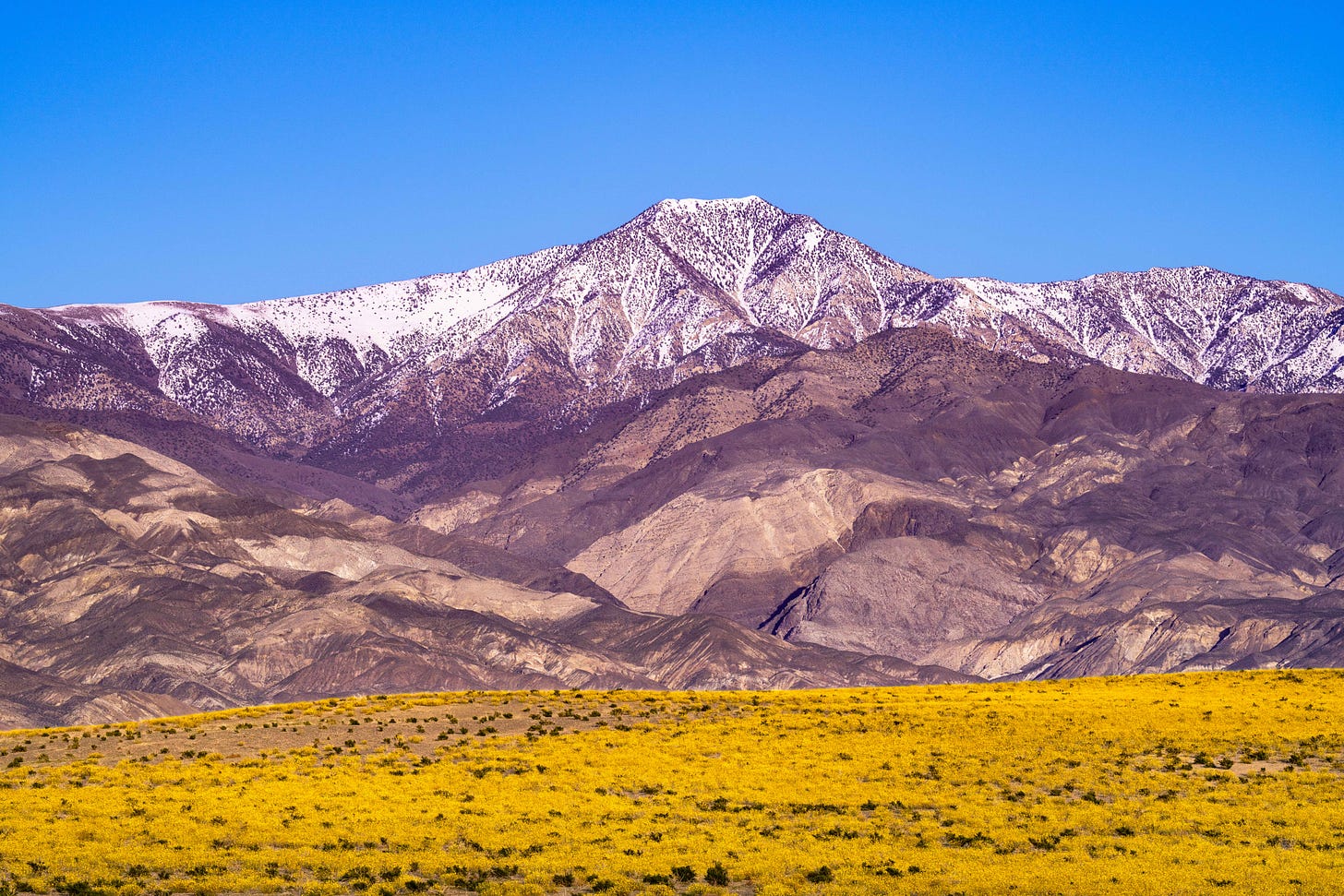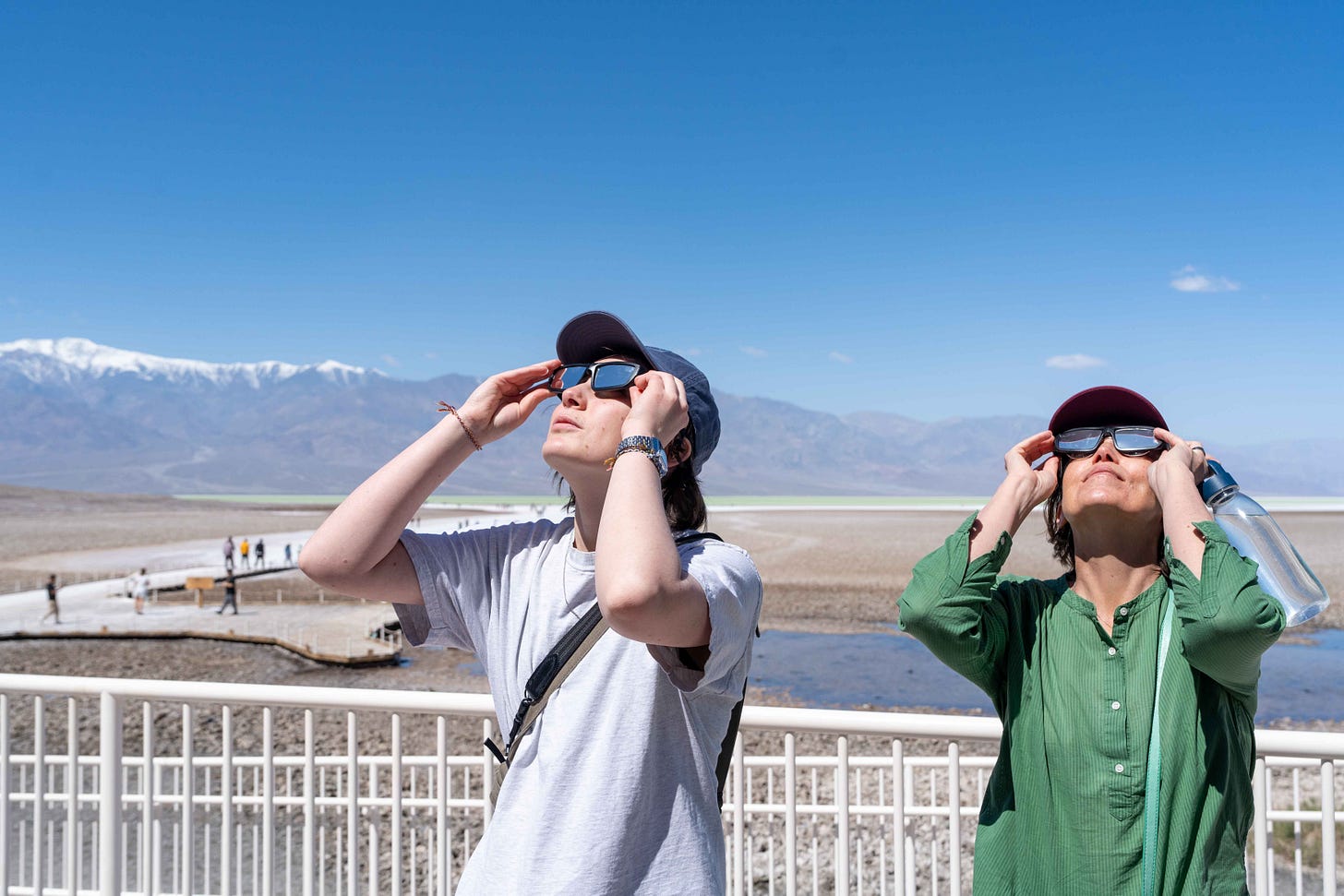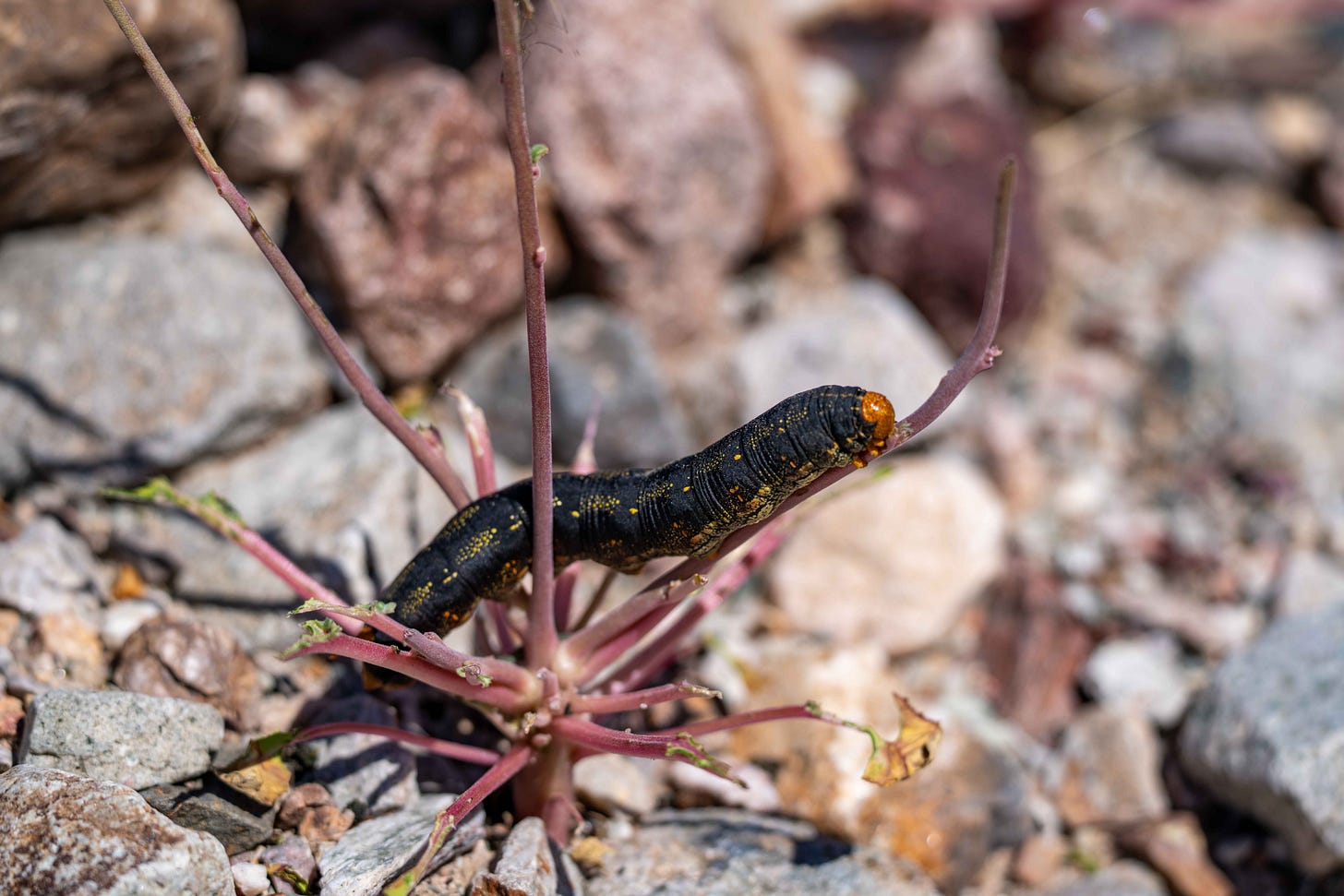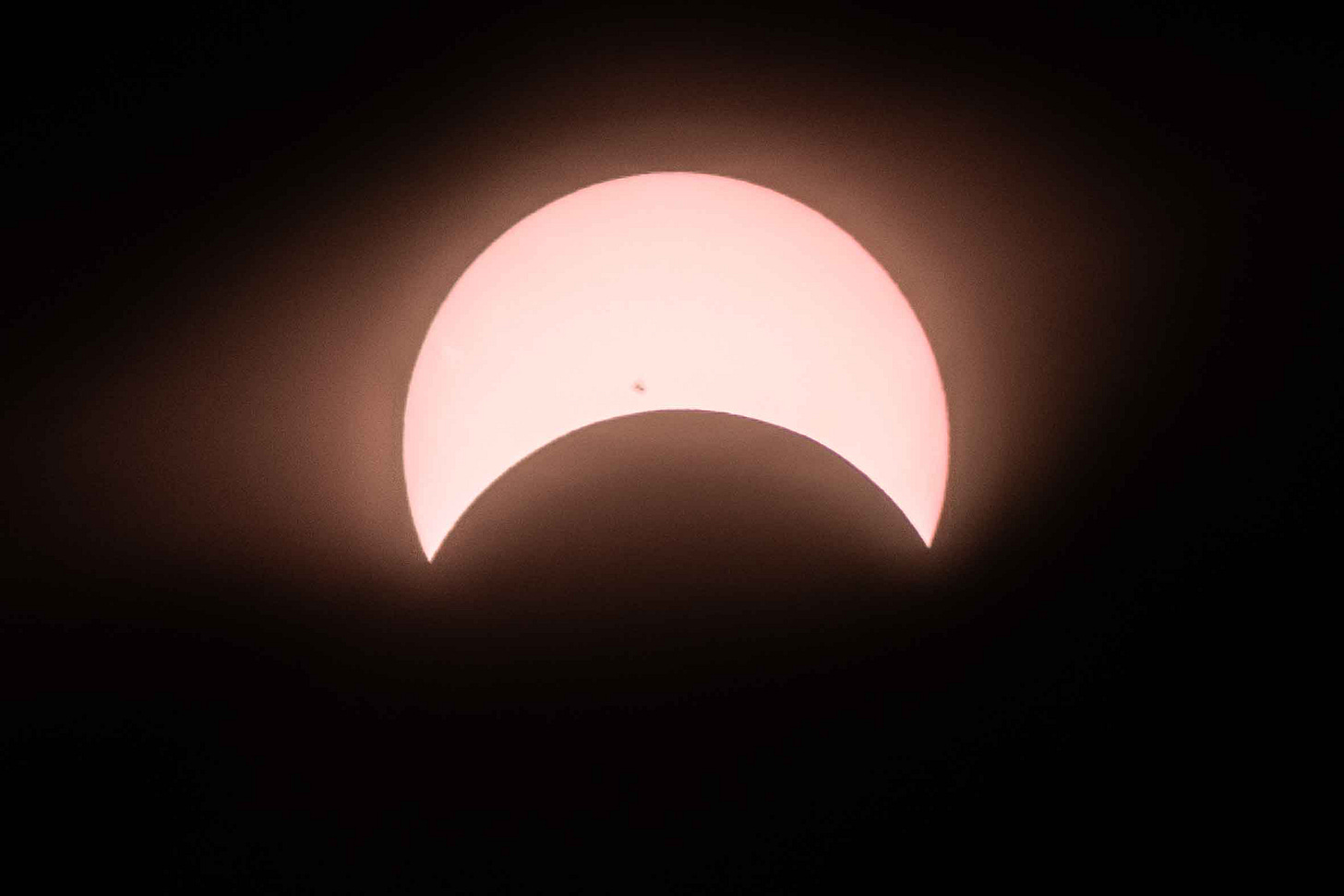We need your help
First, thank you for engaging with Napa Valley Features. As we approach our first anniversary on May 6, we are grateful for the thousands of subscribers who have joined us and the vibrant community that has emerged around our commitment to deliver impactful local journalism. Our content resonates not just in Napa Valley but as a bellwether for similar communities elsewhere.
Here's how you can support our mission as we aim to reach 1,000 paid subscribers, with only 75 more needed:
If you currently enjoy our content as a non-paid subscriber, please consider upgrading to a paid subscription. Your support is crucial in helping us continue our work.
If you're already a paid subscriber, thank you! You can further help by increasing your subscription level or gifting a subscription to someone who values insightful journalism.
Together, we can continue to inform, connect and engage everyone interested in the vibrant life and pivotal issues of the Napa Valley. Join us in making a meaningful impact.
A journey through the shadows of Death Valley's eclipse
NAPA VALLEY, Calif. — I arrived late; it was dark and there was no cell service. In my haste to leave Napa Valley and reach Death Valley to witness the next day's scheduled partial solar eclipse I hadn't checked the weather.
As I set up camp, the breeze rapidly intensified into a gale. While the desert is famously hot, many are unaware of the chilling cold that descends at night. A harsh, sand-laden, frigid wind soon drove me to seek refuge in my tent and sleeping bag. As the gusts battered the thin fabric walls, grains of sand and salt as fine as ground glass seeped into every crevice of my shelter.
"It will calm down soon," I reassured myself, drifting off to sleep amidst the howling winds.
Back in 2017 the celestial dance of the moon and sun drew me to Oregon, where the total solar eclipse unfolded in a spectacle of rare twilight at noon. This profound experience stayed with me, etching a powerful memory of nature’s grandeur and the quiet awe shared by those gathered to witness the event. This year, instead of seeking the path of totality again, I ventured to a place deeply ingrained in my spirit — Death Valley.
With its stark landscapes and extremes, Death Valley has been a recurring chapter in my annual walkabouts. Each visit brings its own adventure, from the mysterious sliding rocks at the Racetrack to the stunning silence of starlit nights, making it a fitting backdrop to witness another of nature’s marvels. The solar eclipse of 2024 was not total here, but even the partial coverage in such a dramatic setting promised a unique communion with the cosmos.
At 2 a.m. I awoke to my tent stakes being ripped from the ground, the wind blowing so fiercely, the sand and salt so thick in my hair and eyes, that I needed to find more stable shelter. Even with my headlamp, I couldn’t see through the reflective haze of sand that filled the darkness. My truck was parked about 100 yards away, but in which direction it was hard to say.
After what felt like a 30-minute search, I located the truck and slipped inside. There, covered in sand and salt, frozen to the bone, I listened as the sand sounded like tiny droplets of hail on the truck's windows and roof. Ironic that glass, made of silicon, largely from sand, was my only protection from the onslaught.
Nearly every element that comprises the world around us, from the silicon that makes sand to the oxygen we breathe and the water that sustains life, shares a celestial origin, forged in the fiery hearts of ancient stars. Billions of years ago these stars burned with such intensity that they created the fundamental building blocks of the universe before meeting their explosive demise, scattering their enriched remnants across the cosmos. This stardust, remnants of stellar sacrifice, traveled through the voids of space and time to coalesce into our solar system, our planet and everything on it. As I witness events such as a solar eclipse, I am reminded of this profound connection to the cosmos — how the universe's vast forces and explosive cataclysms have culminated in the delicate beauty and thriving life that surrounds us, linking us intrinsically to the stars from which we were born.
In the morning, the day of the eclipse, the wind had died down, and the sun’s brown-orange glow, filtered through the remaining dust, rose over the Panamint Range, casting a hazy light across the valley.
Eclipses are rare, having occurred only a couple of dozen times in America since the signing of the Declaration of Independence, the last one before 2017 being in 1979. Unlike the total eclipse in Oregon, where darkness reigned momentarily, here in Death Valley the landscape would only witness a partial dimming of light.
That day I set up to view the eclipse at Badwater Basin, a popular tourist spot that, due to an exceptionally wet winter, boasted a rare lake of water. Nearby, a few other adventurers had gathered, some unaware of the eclipse until they noticed my cameras equipped with special solar-lens filters and my Space Age-looking sunglasses.
But once they learned, we waited patiently, sharing the extra solar-protective eyewear I had brought. Together, we enjoyed the peace and camaraderie.
As the sun rose higher in the sky, the dust cloud dissipated. While I stood manning my camera, a few settled back on the sand and peered skyward, sweat causing the sand to stick to their uncovered arms.
As the moon began its passage across the sun, a hush fell over the desert. The temperature dropped subtly, and the light waned, casting an eerie pallor on the sand dunes and salt flats. The sun, though obscured, fought through the moon's advances, casting crescent shadows through the mesquite bushes and onto the cracked soil — a mesmerizing pattern of light and dark, mirroring the rugged persistence of this desert.
The silence deepened around us, and the tiniest of breezes brushed our skin. There is a stillness in the desert that is somehow beyond stillness. It felt to me like the opposite of full but not exactly empty, either.
A small lizard scurried across the nearby sand. How can an animal survive in these conditions was the first thought that came to mind. But as soon as the thought entered, I smiled and remembered that although it may appear lifeless to some, Death Valley is actually full of living creatures. There are more than 1,000 recorded plant species, including cacti, wildflowers, shrubs and trees. Mosses, fungi, lichens and bacterial masses fill nearly every shaded or vaguely damp area.
And numerous animals call the desert home: bighorn sheep, desert tortoises, wild horses, jackrabbits, frogs, squirrels, spiders, fluorescent scorpions, dozens of birds, mice, lizards and hundreds more find a way to survive the extremes. Even a few species of fish go about their business in Death Valley, including the exceptionally rare Salt Creek pupfish that finds a way to live within brackish, often transient pools and ravines.
The eclipse would not bring total darkness to the land, but the dimming light highlighted the harsh beauty of Death Valley that I have come to know and love. It reminded me of the delicate balance of light and shadow, not just in the sky but in the very nature of this place. Here life thrives in adversity, and beauty arises from barrenness — a poignant reminder beneath the celestial spectacle of our deep connection, not only to the world around us but also to the entire universe.
As the moon’s shadow passed, leaving the sun to reclaim the sky, I was reminded of the profound silence and isolation of the valley, so akin to the quiet moment of totality years earlier. Like then, I recalled Annie Dillard’s “Teaching a Stone to Talk,” which references her witnessing the 1979 total eclipse: “Abruptly it was dark night, on the land and in the sky. In the night sky was a tiny ring of light. The hole where the sun belongs is very small. A thin ring of light marked its place. There was no sound. The eyes dried, the arteries drained, the lungs hushed. There was no world.”
Despite the eclipse covering less than half of the sun this year, onlookers were captivated by the subtle shift in light. Emotions ran high; some exchanged hugs, visibly moved by the spectacle. There, if only for a moment, we stood in awe, witnessing the sublime interplay of light and shadow as the moon obscured our sun.
I searched for words that might lighten the atmosphere yet also honor the profound experience we'd shared, but they eluded me. Then a visitor from Spain broke the silence, remarking with a smile, "We have survived." Although she seemed to expect laughter, when her companions simply nodded in agreement, her smile softened, and she nodded with them.
Indeed, we have endured. Resilience is embedded in our very DNA. Despite the formidable challenges that lie ahead, nature's relentless force reminds us that each moment offers a chance for renewal — an opportunity to pause and reflect, to look outward and inward. The ancient and enigmatic desert cloaked me in a veil of fine sand — each grain a messenger from the cosmos, whispering secrets of the eternal dance between earth and stars. It reminded me that within all of us the salty essence of life persists, even through the harshest conditions. Beauty and connection exist everywhere; we need only to look.
If today's story captured your interest, explore these related articles:
Birdwatching in Napa County reveals avian wonders and conservation champions
Echoes of wisdom: The enduring legacy of Napa Valley's inspirational educators
Tim Carl is a Napa Valley-based photojournalist.
Levity Corner
Caption contest. Pick your favorite caption or add your own in the comments below
Vote for your favorite in the poll below (there’s not enough room in the polls for the complete answers).
"Wait, if we're all stardust, does that mean I'm part comet? That explains the tail!"
"When the universe crafts life, it uses the stars as its art supplies."
"Even stars need to rest. That's why they camp in the sky."
"So the Milky Way isn't just a candy bar? Mind blown."
"You're telling me my ancestors were stars? That’s a lot of pressure to shine!"
Last week’s winner
Last week’s caption contest winner
"Looks like we found the 'party planet' of the galaxy!" with 31% of the votes.
Last Week
Sasha Paulsen recounted an unexpected roadside encounter in her article "One morning on the mountain." After her car broke down on Monticello Road, she was assisted by a Napa County sheriff's deputy, which led to an impromptu exchange about the unpredictability of life and the inherent goodness in people. Their conversation also sparked a potential story idea about police dogs. The incident highlighted the serendipitous nature of life's unplanned moments and the connections they can foster.
Napa Valley Features' "Under the Hood" series addressed the fentanyl crisis, revealing the rising number of opioid deaths due to this potent synthetic opioid. The issue was highlighted by Christina Julian, a journalist and advocate, who discussed the risk fentanyl poses, especially to teens and young adults. Her article emphasized the importance of community education and detailed an upcoming event at Cameo Cinema in St. Helena aimed at raising awareness and offering resources to tackle this urgent problem. The piece concluded with a strong call to action for community engagement to prevent further fentanyl-related tragedies.
In "Dan Berger’s Varietal Views: pinot gris," Berger shed light on the diverse and often underrated pinot gris grape. Despite some industry skepticism, pinot gris holds a strong position, celebrated for its complexity in cooler climates such as Oregon and New Zealand. Berger emphasized the challenges of cultivating and producing this varietal, which can appear bland if not skillfully managed. He also discussed the unique aging potential of pinot gris, sharing an experience that revealed how well it can evolve, highlighting a particularly memorable aged pinot gris from his own cellar. Berger's insights underscore pinot gris' versatility and potential sophistication when handled with care.
In "Life in the garden: Perennials, pests and patience," David Layland delved into the joys and challenges of gardening with perennials in Napa Valley. Layland shared his personal experiences, from the hopeful planting of new fruit trees and berry vines to dealing with pests such as the olive fruit fly that once devastated his olive crop. His narrative also touched on the unexpected joys and adaptations required in gardening, such as replacing a diseased vineyard with a thriving group of goats. Throughout, Layland emphasized the need for patience and proactive management in the garden, whether dealing with waterlogged planting sites or ensuring trees don’t become overgrown, demonstrating the ongoing commitment required to sustain and enjoy a perennial garden.
The music festival Songwriters in Paradise returned to Napa Valley from April 18 through 21, organized by founder Patrick Davis, as highlighted by Virginie Boone. The event, now in its fifth year, combined exclusive concerts with gourmet dining at venues such as Alpha Omega and Silver Oak. Davis, a Nashville-based songwriter, designed the festival to merge fine wine and quality music, drawing artists like Marc Broussard and Channing Wilson to perform for limited audiences of 150 people per night. SIP also supports local communities, having raised over $100,000 in recent years. Additionally, Davis will soon host "Southern Songwriters With Patrick Davis" on American Public Television, blending culinary and musical storytelling.
From 1995 to 1998, the Napa County Commission on the Status of Women honored 40 local women through the publication of their stories in the series "Generations of Caring, Profiles of Napa County Women," as noted by Dave Stoneberg. Each honoree penned her own story, which was paired with professional photographs and distributed at an annual event each March. The project, driven by commissioners like Jean Barstow and Sally Lacau, aimed to spotlight the underrecognized contributions of women in various sectors across Napa County, from community activism to personal resilience. These stories, along with the commissioned photographs, not only celebrated these women but also raised community awareness about their impactful lives and careers. The initiative culminated in a rich archive of personal narratives and images that celebrated the diverse achievements of women in the region.
Next Week
Next week at Napa Valley Features readers can anticipate a range of insightful articles. The week will commence with an exploration of local pathways as Paul Wagner delves into trail-building techniques and initiatives. Gardening enthusiasts will look forward to the Master Gardener's latest guidance on cultivating Napa Valley's flora. Thursday brings a treat for oenophiles as Berger offers a column on the diverse varieties that enrich the region's viniculture. The Weekender will continue to be the go-to source for planning weekend activities within the valley. Tim Carl's "Under the Hood" series will examine the top tax generators in the Napa Valley, providing an in-depth analysis for subscribers. In addition to these highlights, there will be an abundance of other valuable content for readers to enjoy throughout the week.
Tim Carl is a Napa Valley-based photojournalist.
















Paraphrasing Nikos Kazantzakas, inspired teachers build bridges for their students to cross over to enable them to achieve levels of spiritual actualization that transcends the level that the teacher has attained.
Friedrich Hegel described the process as the reason that modern humans evolved beyond the Neanderthal stage of existence.
It is not a stretch to suggest that Tim Carl made a quantum leap from the biology lab at St.Helena High School to becoming the founding editor at NVF.
His current feature, “A Journey Through The Shadows Of Death Valley’s Eclipse,” was written in the renaissance style of Rene Descartes (father of modern philosophy) who suggested that
mathematics, music, art, science and religion are all part of a universal philosophy, literally, “love of knowledge.”
Like John Muir, he found himself in a life and death crisis that would have sent lesser naturalists scurrying for the nearest motel for a hot shower and clean bed to sleep in.
Instead, he prevailed and combined all of his photojournalism skills to provide a bridge for his readers to cross over to see marvels, wonders—even little miracles that they would most likely never be able to experience.
What an amazingly beautiful article. Thank you, Tim. I am behind in reading all of the wonderful pieces your provide in NVF, and grateful that I can go back and catch up.
Your photos, as always, are eye popping- in a great way. And, your words took me to the desert with you. I could feel the grit as you got into your vehicle. The cold, the sounds, the feels- all present as I read your words. And, then your description of the eclipse itself and the people with whom you shared the desert. I loved the photo of your company out in the middle of nowhere. You've done it again- picked me up from my normal life and transported me to an experience I can only experience via your words. I cannot tell you how grateful I am to have opportunities to read, and reread, all of the articles published in NVF, but especially yours!